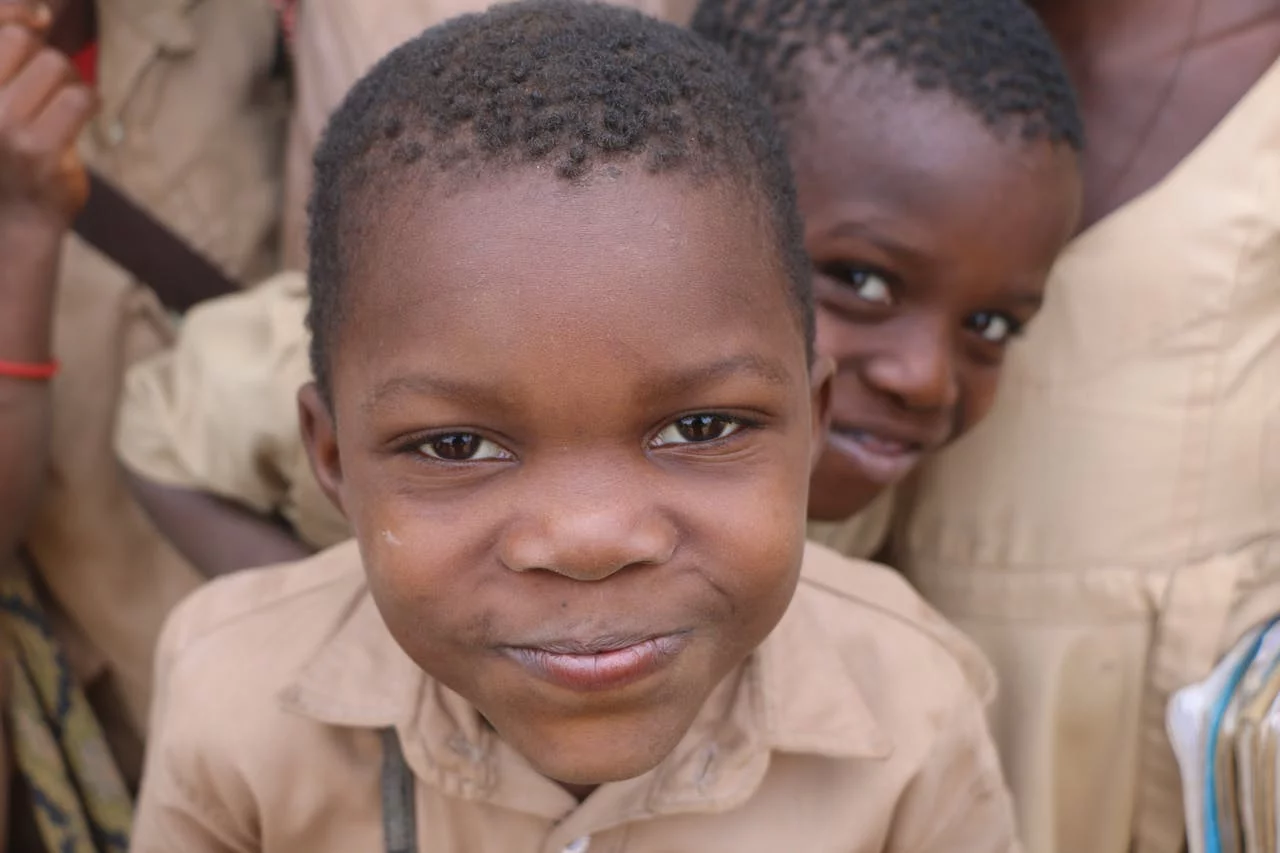Adopting a child in South Africa isn’t just a journey—it’s a test of heart, patience, and perseverance. Angelique Ruzicka explores the multifaceted costs—both emotional and financial—of opening one’s home to a child in a country where the need for adoption is staggering. While an estimated 500,000 children could benefit from adoption, fewer than 2,000 children are placed into families each year. What’s stopping people from stepping up? Let’s unpack the challenges, from sky-high costs to grueling processes, and why the reward is worth the effort.
South Africa’s child welfare crisis isn’t just a statistic—it’s a moral imperative. The sheer scale of children in need of homes is staggering, yet no official count exists. At Joburg Child Welfare alone, around 50 children annually are deemed eligible for adoption. Yet, cultural, financial, and systemic barriers leave many of these children waiting.
Pam Wilson, an adoption supervisor at Joburg Child Welfare, describes the landscape bluntly: “The need is immense, but the process is daunting.” Adopting is more than a simple decision—it’s a commitment requiring deep emotional and financial reserves.
Counting the Cost
Adoption fees in South Africa can vary widely, creating a barrier for many hopeful parents. Legally, agencies cannot profit from adoption, but professional fees are discretionary and can range dramatically. Here’s what real families have experienced:
- Sharon van Wyk, a blogger and founder of The Blessed Barrenness, spent between R35,000 and R40,000 to adopt her two daughters. The cost covered legal fees, counseling, and administrative paperwork.
- Sian Seward, who adopted her son Jayden in 2011, paid R60,000 through a private agency. For her second adoption, she opted for a larger agency and cut costs in half, down to R30,000.
- Lisa Casson, a creative director, was more fortunate. Her adoption cost only R10,000, including legal and administrative services. “It was cheaper than giving birth,” she noted, adding that medical aid often doesn’t cover childbirth fully.
Many agencies scale fees based on income, especially organizations like Joburg Child Welfare. But other costs—medical examinations, psychological assessments, and court paperwork—are unavoidable. “You can claim some medical expenses through your medical aid,” adds Wilson, but the process remains financially demanding.
The Screening Process
The adoption process isn’t just about wanting a child; it’s about proving you’re ready. Prospective parents must pass a rigorous screening process, including home visits, medical tests, and psychological evaluations.
“You’ll share every aspect of your life with a social worker,” says Seward. “It’s an emotional rollercoaster—your plans for parenthood are completely in their hands.”
The process involves:
- Marital Assessments: Couples undergo evaluations through organizations like FAMSA. If issues arise, counseling may be required before continuing.
- Medical Clearances: Health issues don’t automatically disqualify parents but must be managed and reassessed if flagged.
- Police and Child Protection Clearance: These checks can take weeks, sometimes months, delaying the process further.
While the system ensures children are placed in safe, stable homes, it also deters some prospective parents. “Screening, if everything goes smoothly, can take about five months,” Wilson explains. But bureaucratic delays, particularly with the Child Protection Register, often drag it out longer.
Prospective parents in South Africa can specify the age, sex, and race of the child they wish to adopt, but these preferences can significantly delay placement. For those open to transracial adoption, the process is faster, as white, Indian, and colored children are far fewer in the system.
“Our agency only accepts white couples open to transracial adoption,” says Wilson. “The demand for white children far exceeds the number available.”
Even after placement, the journey isn’t always smooth. One tragic case that made headlines involved a couple who sought to rescind their adoption after raising a child for five years. The child displayed extreme behavioral issues, including aggression, self-harm, and violence toward animals.
“Rescinding an adoption is incredibly rare,” Wilson emphasizes. “It’s only possible within the first two years, and even then, only under extraordinary circumstances.” She adds, “Parenting is for life. Adoption isn’t something you walk away from just because it gets tough.”
The Emotional Toll
Adopting isn’t just financially taxing—it’s emotionally grueling. Prospective parents often face crushing disappointments, from failed placements to last-minute reversals by biological parents.
Sharon van Wyk recalls the heartbreak of losing a baby boy after only 24 hours. “His birth mother retracted consent, and we had to give him back. It was devastating.”
But for every loss, there’s the joy of finally bringing a child home. “Adoption is special,” says Wilson. “When the process is complete, the reward outweighs the hardship. You’ve given a child a future—and gained a family.”
Where to Start
If you’re considering adoption in South Africa, the first step is finding an accredited agency. Organizations like Adoptions.org.za provide a list of licensed social workers and agencies for both local and inter-country adoptions. Wilson advises thorough research and self-reflection before starting the process.
“Make sure adoption is right for you,” she says. “It’s not for everyone, but if you’re ready to open your heart and home, it’s one of the most joyous decisions you’ll ever make.”
Adopting in South Africa may not be easy, but for those who persevere, it’s an extraordinary act of love that changes lives—both the child’s and the parents’.
https://www.abbaadoptions.co.za/
https://doorofhope.co.za/
https://www.gov.za/services/services-residents/parenting/adopt-child/apply-national-adoption
https://impilo.org.za/adoption/

In films, strong women have always triumphed over seemingly insurmountable odds. Many female characters, including…

Back and neck pain chiropractor: Even though back pain affects more than one in ten…

Once you run a company, you will inevitably be faced with a large number of…

July is assigned as National Savings Month in South Africa, according to a proclamation issued…




